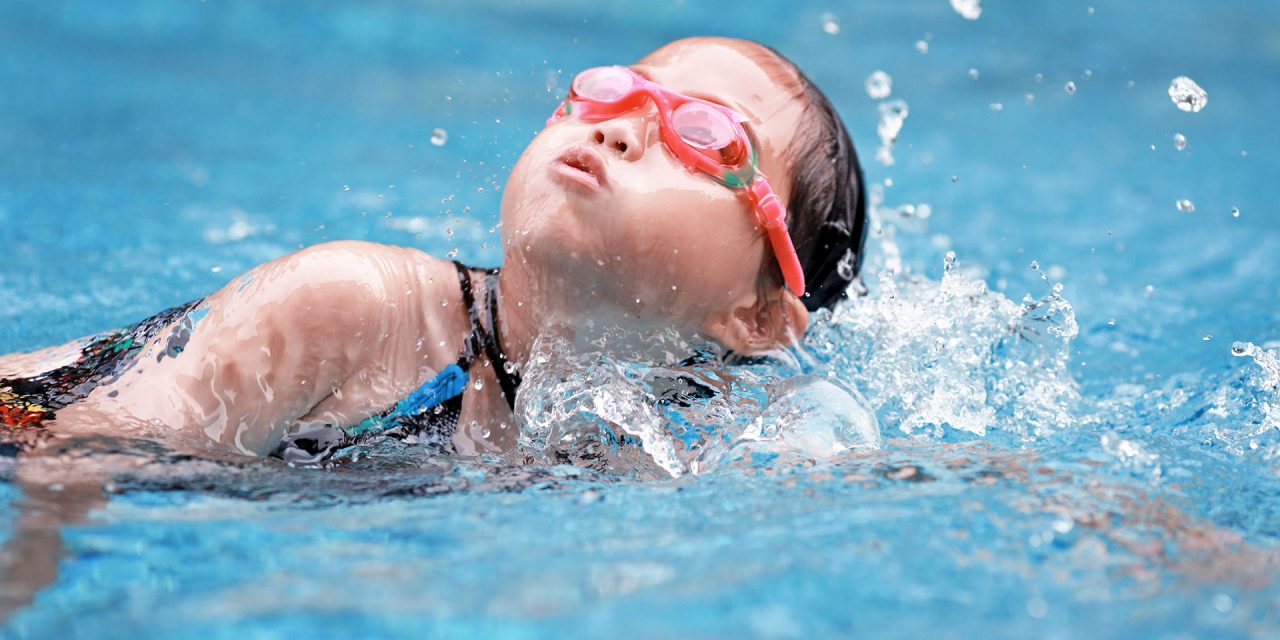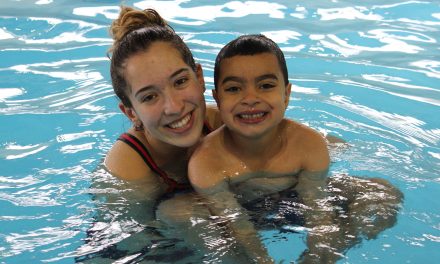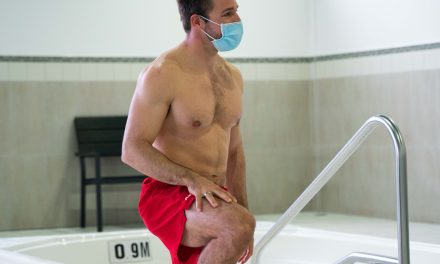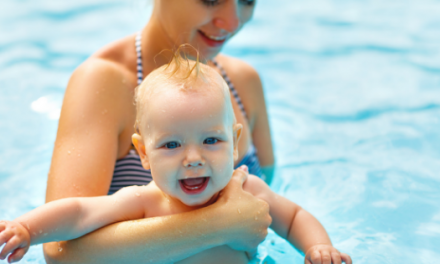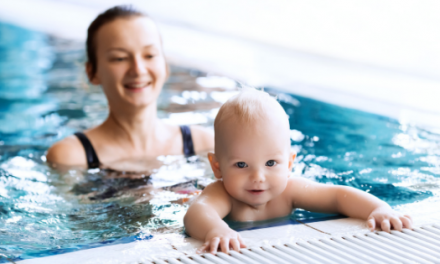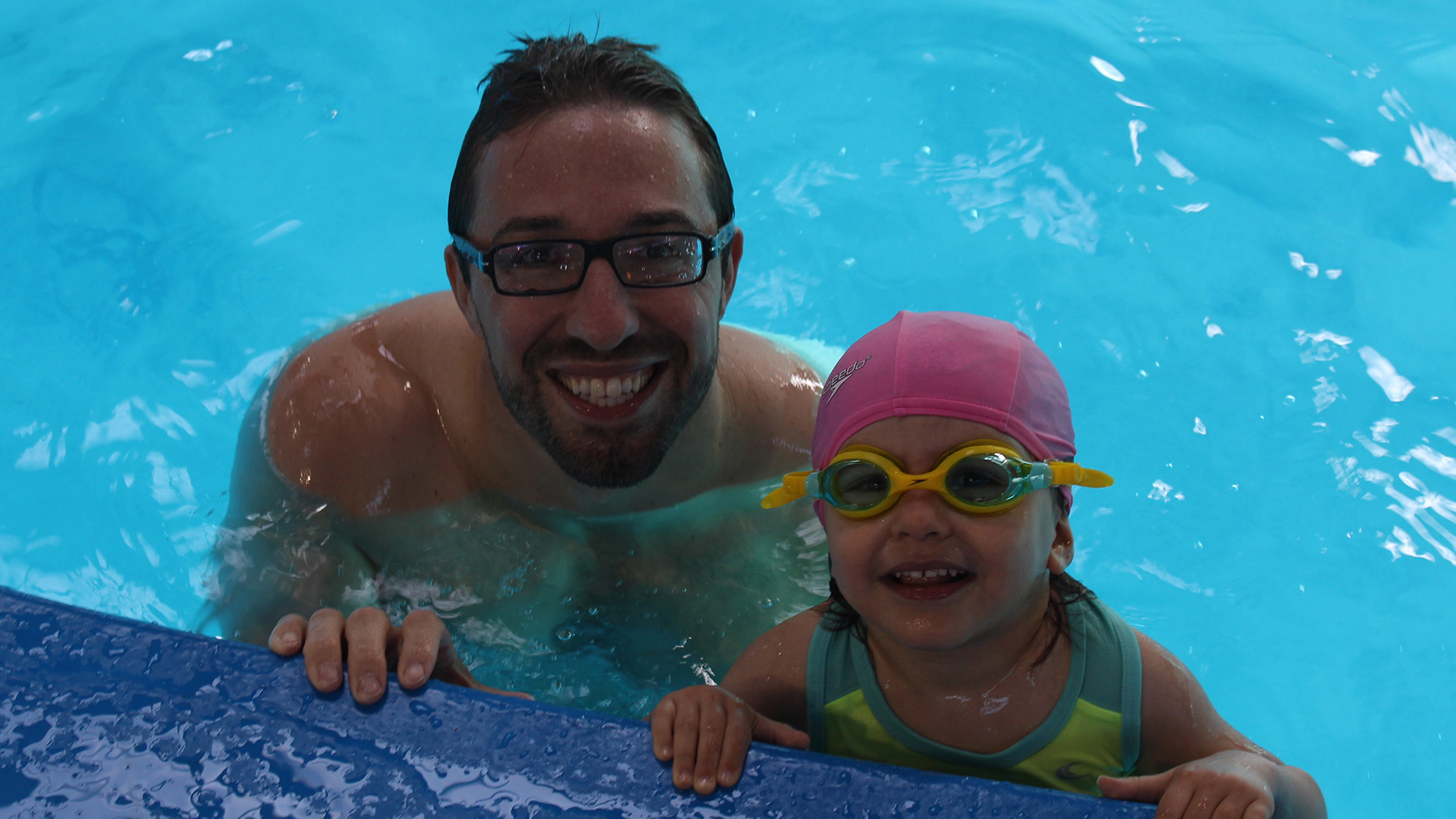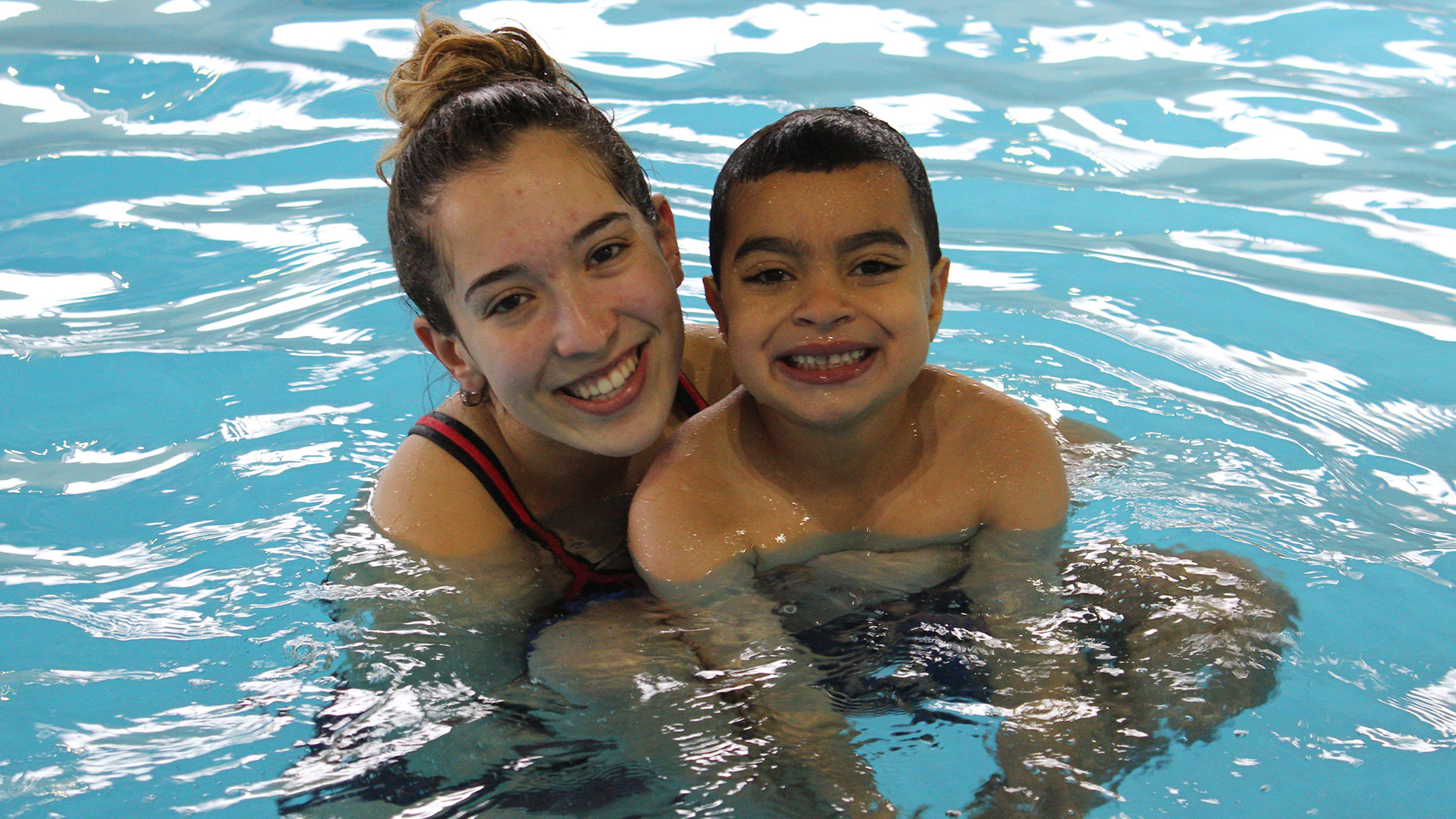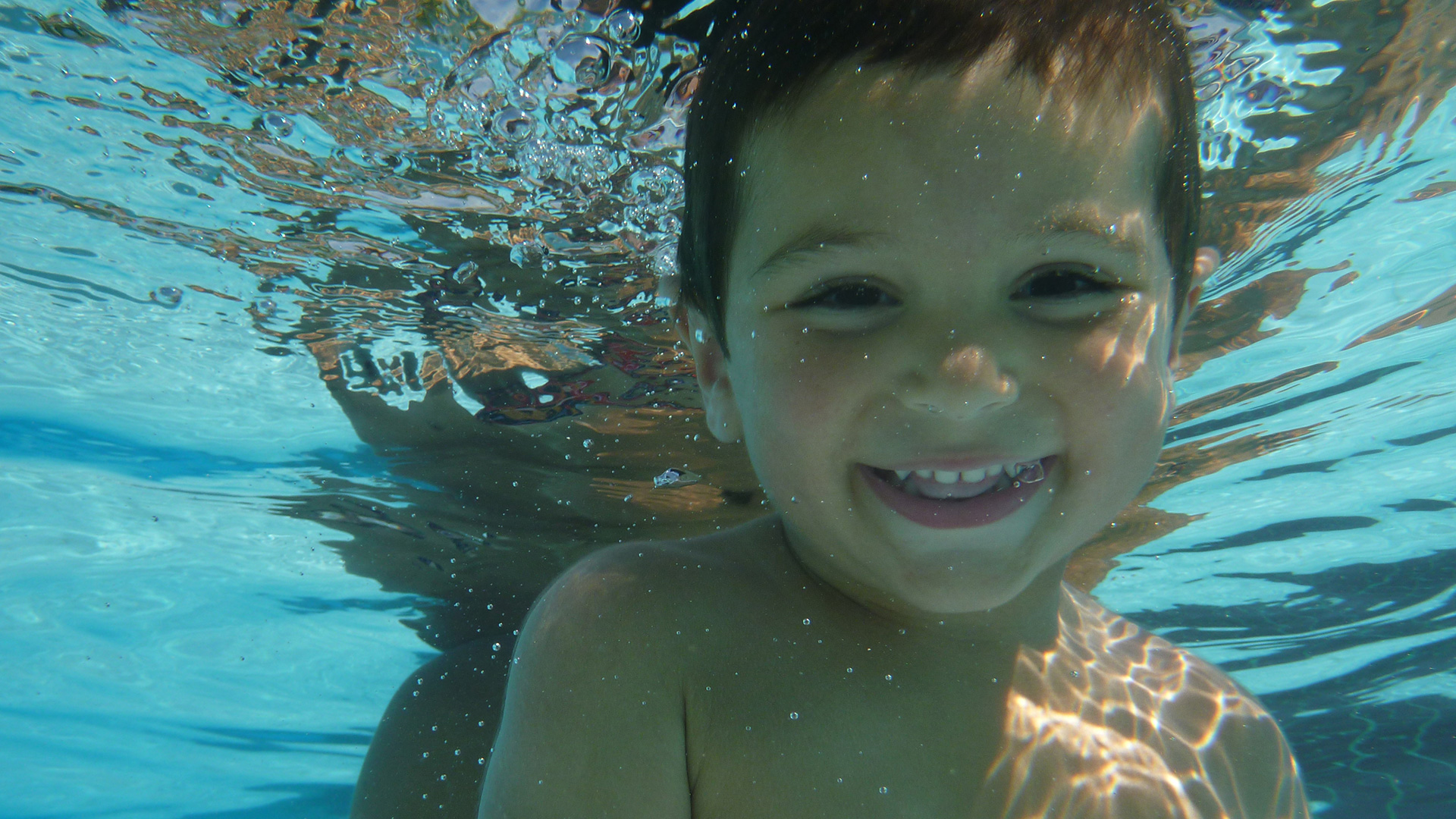In a previous article we explored the advantage of skill-based learning systems versus the archaic level-based learning system. In a nutshell, skill-based learning allows the learning process to be tailored to each individuals strengths & weaknesses, which results in faster advancement and more motivated swimmers.
Now we will challenge that concept a bit, and make things really confusing, by introducing the notion of swimmer categories within skills-based learning systems.
At Canada Swim School and our sister club the Montreal Institute of Swimming, we have pioneered the implementation of skill-based learning systems, respectively known as the CSS Way and MIS Way. However, within these systems, we have introduced sub-classifications of swimmers:
Beginner – Intermediate – Advanced
I must be clear, these are NOT levels. Swimmers are not required to complete ‘all’ the beginner skills before moving on to Intermediate, etc. Contrarily, swimmers can have some elements of beginner done, while simultaneously working on certain intermediate and advanced skills. Again, it is all dependent on the individual swimmers strengths & weaknesses.
Let’s venture into some more concrete definitions and expectations for each classification..
Beginner – Learn to Swim
Beginners learn the basic foundations of swimming: holding breath, submerging the head, floating, basic propulsion, entries, exits, holding the wall, and more.The ultimate goal for beginners is to learn to get in, get across, and get out. Thus combining entries, swimming and/or breathing and/or floating. Plus, this proves that a swimmer has the basic skills required to save themselves upon a fall into water. Classes are fun and playful, with focus on learning through games.
Intermediate – Introduction to Swimming Techniques (the 4 strokes)
Now that our swimmers have achieved independence in the pool, Intermediate swimmers will focus on building endurance and introduction to technical swimming. The skills learned include arm, leg and breathing techniques for the 4 competitive strokes. At the same time, intensity is augmented by increasing the length and duration of drills, increasing repetitions, all with the goal of building endurance some swimmers can survive longer and swim further. Classes are still fun, but the teacher-child dynamic is more prominent and technical analysis and expectations is a regular part of each class.
Advanced – Perfection Perfection Perfection
With the basics of the 4 strokes learnt and having the ability to swim lengths with ease, Advanced swimmers will now learn to perfect the 4 strokes, and prepare for swim team. Each stroke is now broken down into several elements, each given their own focus: breathing, arms, legs, timing, turns, streamline and speed. The goal is to prepare kids for swim team or other competitive water sports by getting them used to specific technical training and corrections. Classes are run like a real swim team, with focus on specific techniques and long-distance swimming.
The beauty of this system is it prepares swimmers for intensive training and competitive swimming, graduating from playful learning to technical learning. It also opens up limitless avenues into competitive watersports, teaching kids the skills they need to achieve success in competitive swimming to synchronized swimming to water polo, diving and more.
Long live the pool!


